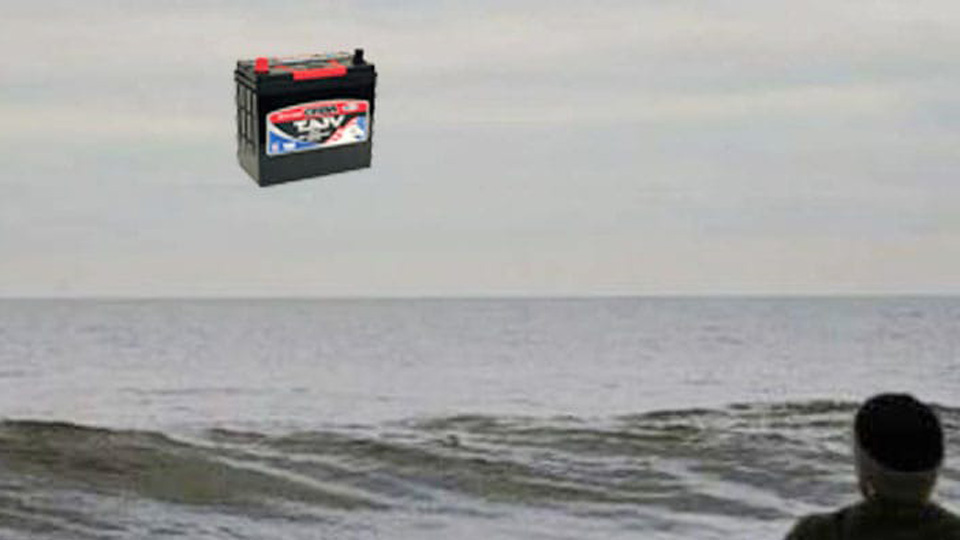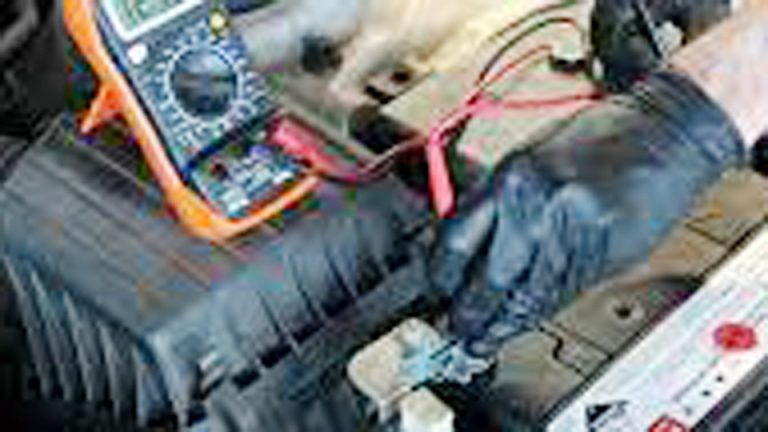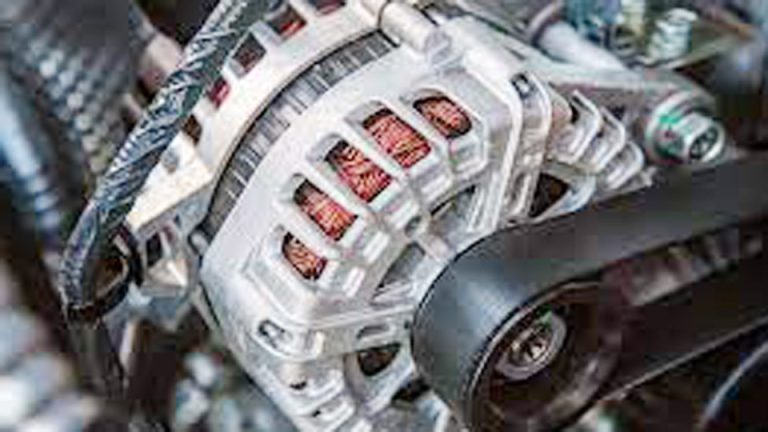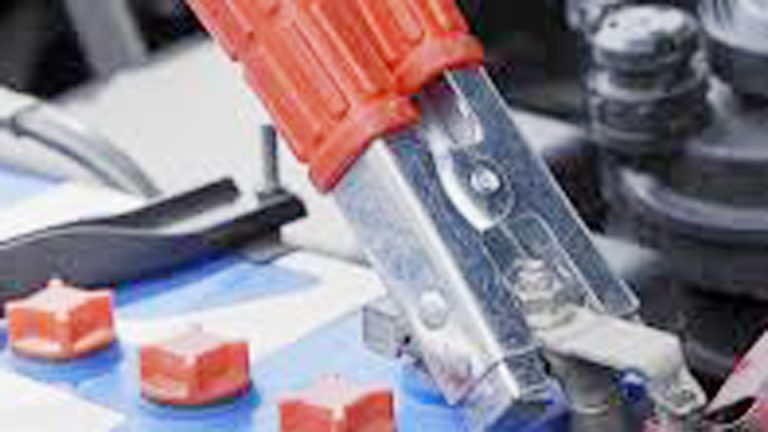One question that pops up more often than you’d think—especially from curious DIYers or folks dealing with a dead battery—is what happens if you throw a car battery in water? Let me tell you straight: it’s a terrible idea, and I’ll dive into why right off the bat. But stick around, because we’re going to cover everything you need to know about car batteries as a crucial spare part. These power packs aren’t just about starting your engine; they impact safety, performance, reliability, and even your wallet if you’re not careful.
Throwing a car battery into water, whether it’s a pond, river, or the ocean, triggers a nasty chain reaction. The battery’s casing might crack or corrode, leaking sulfuric acid and lead—toxic stuff that pollutes the water and harms wildlife. I’ve seen the aftermath in junkyards where batteries weren’t handled right; it’s not pretty, and it can lead to environmental fines or health risks if you’re exposed.
But why does this matter for you as a car owner? A healthy battery keeps your vehicle running smoothly, prevents breakdowns on the highway, and saves you from pricey towing bills. In the US, where we drive everything from compact Hondas to full-size Rams, understanding batteries can mean the difference between a quick fix and a major headache.

What Is a Car Battery and How Does It Work?
A car battery is essentially a chemical powerhouse, storing electrical energy to crank your engine and power accessories like lights, radio, and even your phone charger when the alternator isn’t spinning.
Most batteries you’ll encounter are lead-acid types, with plates of lead and lead dioxide submerged in sulfuric acid electrolyte. When you turn the key, a reaction between the plates and acid generates electricity—around 12 volts for a standard setup. I’ve pulled apart dozens of these in my time, and it’s fascinating how that simple chemistry delivers the cold cranking amps (CCA) needed to fire up your V8 on a frosty morning.
Why does this spare part matter? Safety-wise, a failing battery can leave you stranded in unsafe spots. Performance? It ensures consistent starts and supports modern electronics in cars like the Tesla Model 3 or Ford Mustang. Cost? A good one lasts 3-5 years, but skimping can lead to frequent replacements. Reliability is key—I’ve had customers with Toyotas that went 7 years on the original, but neglect cuts that short. Fuel efficiency ties in too; a weak battery strains the alternator, burning more gas.
Signs Your Car Battery Is Failing
You’re heading out for a road trip in your Jeep Wrangler, and the engine cranks slowly. That’s a classic sign. From my shop experience, dim headlights or interior lights are early warnings—the battery isn’t holding charge.
Another red flag? Clicking sounds when starting, or the engine not turning over at all. I’ve diagnosed this on countless F-150s; it’s often corrosion on terminals building up resistance. Swollen battery cases from heat exposure? That’s a goner, especially in hot states like Arizona.
Electrical glitches, like erratic power windows or a dashboard that flickers, point to voltage drops. And if your battery is over 3 years old, test it proactively. I once had a guy bring in his Chevy Silverado after it died at a stoplight—turned out the battery was sulfated from short trips.
When Should You Replace Your Car Battery?
Don’t wait for a total failure; that’s when Murphy’s Law hits. In the US, batteries typically last 3-5 years, but extreme weather shortens that—cold winters in Minnesota zap them faster, while heat in Texas cooks the internals.
Replace if it’s struggling in cold weather (below 500 CCA effective), or if a load test at AutoZone shows it’s below 80% capacity. Why? A weak battery stresses the starter and alternator, leading to bigger repairs.
From hands-on work, I replace mine every 4 years preventively, especially on daily drivers like my old Dodge Ram. Cost? Expect $100-300, but it’s cheaper than a tow. And if you’re in a hybrid like a Prius, those batteries have different lifespans—up to 10 years, but monitor the warning lights.
OEM vs. Aftermarket Car Batteries: Which Is Better?
Ah, the eternal debate in the garage. OEM (Original Equipment Manufacturer) batteries come from the car’s maker, like a genuine GM for your Chevy. Aftermarket? Brands like Optima or DieHard, often cheaper and widely available at Walmart or O’Reilly.
OEM pros: Perfect fit, warranty match, and reliability—I’ve installed factory Honda batteries that outlasted aftermarket ones by a year. Cons: Pricier, sometimes $50-100 more, and harder to find outside dealerships.
Aftermarket shines in variety and cost—DieHard Platinum AGM for $200 vs. OEM at $300. But watch for quality; some cheap ones fail early. From my experience, aftermarket AGMs handle vibrations better in off-roaders like Jeeps.
Here’s a quick comparison table based on what I’ve seen in the US market:
| Feature | OEM Batteries | Aftermarket Batteries |
|---|---|---|
| Price Range | $150-400 | $100-300 |
| Warranty | 2-3 years (often prorated) | 3-5 years (full replacement) |
| Compatibility | Exact fit for your model | Wide range, check specs |
| Performance | Standard CCA, reliable | Often higher CCA options |
| Availability | Dealerships, limited stores | Everywhere—AutoZone, etc. |
| Brands Example | Ford, Toyota genuine | Optima RedTop, Interstate |
Pros of OEM: Seamless integration, no coding needed in modern cars. Cons: Overpriced for what you get. Aftermarket pros: Better value, innovations like spill-proof designs. Cons: Potential fit issues or shorter life if generic.
I once swapped an OEM in a BMW 3 Series with an aftermarket Odyssey—saved the owner $150, and it cranked stronger in winter.
How to Choose the Right Car Battery for Your Vehicle
Picking the right one? Start with your owner’s manual for group size (like 24F or 65), CCA rating, and reserve capacity. For a compact like a Civic, 500 CCA suffices; for a truck like a Silverado, aim for 700+.
US brands in 2025? Optima RedTop for performance ($200-250), great for Mustangs with its vibration resistance. DieHard Platinum AGM ($180-220) excels in cold starts—I’ve used them on Subarus in snowy areas. Odyssey Performance ($250+) for longevity, ideal for luxury like Mercedes. Interstate MT series ($120-180) is budget-friendly for everyday Fords.
Consider AGM vs. flooded: AGM for modern stop-start systems in Hyundais, as they handle deep discharges better. Check compatibility—wrong size won’t fit the tray. And prices? Factor in core charges; recycle the old one for a $10-20 rebate.
Personal tip: For my Wrangler, I went Optima YellowTop—dual-purpose for winching, lasted 6 years off-road.
Step-by-Step Guide to Replacing a Car Battery
Alright, let’s get greasy. I’ve done this hundreds of times, so follow along safely. Tools: Socket wrench (10mm usually), battery terminal cleaner, gloves, and eye protection.
Step 1: Park on level ground, engine off, keys out. Pop the hood and locate the battery—usually front-right.
Step 2: Disconnect negative terminal first (black, -) to avoid shorts. Then positive (red, +). Wiggle if corroded; use baking soda paste to clean.
Step 3: Remove hold-down clamp or bracket—don’t strip bolts.
Step 4: Lift out old battery carefully— they’re heavy, 30-50 lbs. Set on cardboard to catch drips.
Step 5: Clean tray, install new battery, secure clamp.
Step 6: Connect positive first, then negative. Tighten snug, not over.
Step 7: Start engine, check lights. Reset clock or radio if needed.
Common mistake? Reversing terminals—sparks fly, could fry electronics. I once helped a buddy who did that on his Tacoma; cost him a fuse box.
Maintenance after? Check terminals monthly, top off fluid in flooded types (distilled water only).
Common Mistakes When Handling Car Batteries
Folks mess up big time here. Jumping a car wrong—hooking positive to negative—can explode the battery. I’ve seen it; acid everywhere.
Ignoring corrosion leads to poor contact. Clean with a wire brush, apply dielectric grease.
Overcharging with a cheap charger cooks the battery—use smart ones like NOCO Genius.
Storing flat? Recharge before winter; I lost a battery that way on my project Camaro.
And dropping it? Cracks the case, leaks acid—burns skin or concrete.
What Happens If You Throw a Car Battery in Water?
Back to that keyword question. If you toss one in water, the sealed case might hold initially, but submersion causes short-circuiting if terminals bridge. More critically, leaks release sulfuric acid, neutralizing in water but creating heat and gas. Lead contaminates, poisoning fish and entering the food chain.
In saltwater, corrosion accelerates, worsening pollution. Why avoid? EPA regs in the US make improper disposal illegal—fines up to $50,000. Plus, health risks: Acid burns, lead poisoning. I’ve recycled hundreds at shops; take yours to AutoZone for free core credit instead.
Anecdote: A customer once asked about dumping an old battery in a lake— I talked him out of it, explained the toxins, and he thanked me later.
How to Identify Genuine vs. Fake Car Batteries
Counterfeits flood the market, especially online. Genuine ones have clear branding—look for holograms on Exide or Amaron, or serial numbers traceable on the maker’s site.
Check weight: Fakes are lighter, skimping on lead plates. Labels? Crisp printing, no misspellings. OEMs like Ford have part numbers matching your manual.
From experience, fake DieHards I saw had uneven terminals—poor cranking. Buy from reputable spots like Advance Auto; avoid shady eBay deals.
Scan QR codes if present; genuines link to verification. And warranty stickers—tampered? Fake.
Tools, Installation Safety, and Maintenance Best Practices
Safety first: Wear gloves and goggles—acid splashes hurt. Work in ventilated areas; hydrogen gas is explosive.
Tools: Multimeter for voltage checks (12.6V full), post cleaner, anti-corrosion spray.
Installation tips: Align polarity, torque terminals to 5-7 ft-lbs. For maintenance, inspect monthly—tighten loose connections.
Best practices: Drive weekly to charge, use trickle chargers for stored vehicles like classics. In EVs, batteries differ—lithium-ion, no acid, but still recycle properly.
I keep a CTEK charger in my garage; saved many batteries over winters.
Conclusion
Wrapping this up, car batteries are the unsung heroes under your hood—keeping things running safely and efficiently. By understanding signs of failure, choosing wisely between OEM and aftermarket, and following proper replacement steps, you’ll make smarter decisions that save time and money. Remember, quality pays off; I’ve seen cheap batteries strand folks, while solid ones like Optima deliver year after year.
FAQ
How Long Does a Car Battery Last?
Typically 3-5 years, but factors like climate and driving habits play in. I’ve had some last 7 in mild weather, but test annually after year 2.
What’s the Difference Between AGM and Flooded Batteries?
AGM (Absorbed Glass Mat) are sealed, maintenance-free, and better for vibrations—great for trucks. Flooded need water top-ups but are cheaper. I prefer AGM for modern cars.
How Do I Jump-Start a Dead Battery Safely?
Connect red to dead positive, then live positive; black to live negative, then dead ground (not battery). Start live car, then dead. Disconnect reverse. Done it on countless roadside calls.
Can I Recycle My Old Car Battery?
Absolutely—most US stores like Batteries Plus take them for free, giving core credit. It’s eco-friendly and often required by law.
What Are the Best Car Battery Brands in 2025?
Optima for performance, DieHard for reliability, Odyssey for longevity. Prices $150-300; match to your vehicle for best results.



